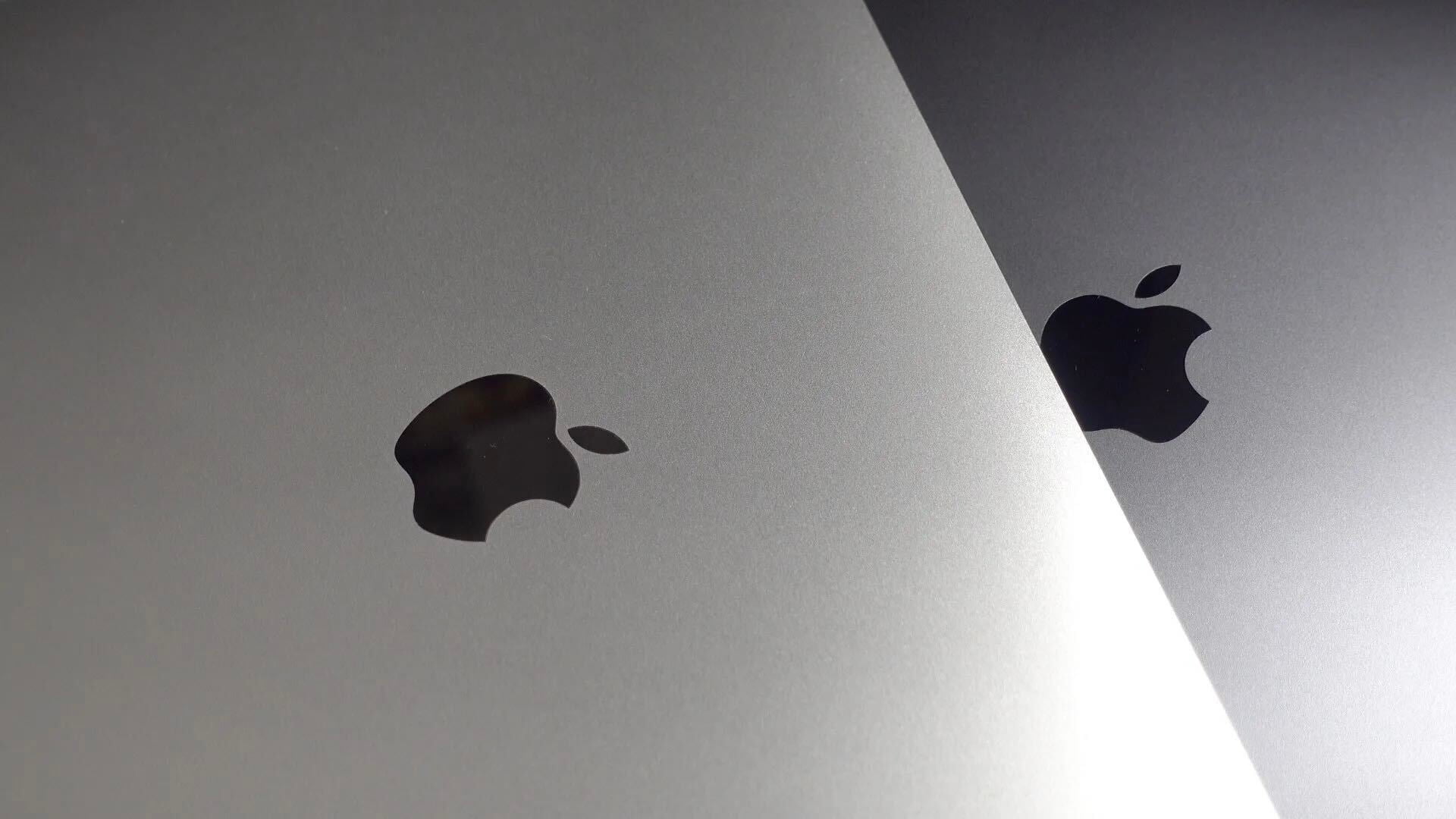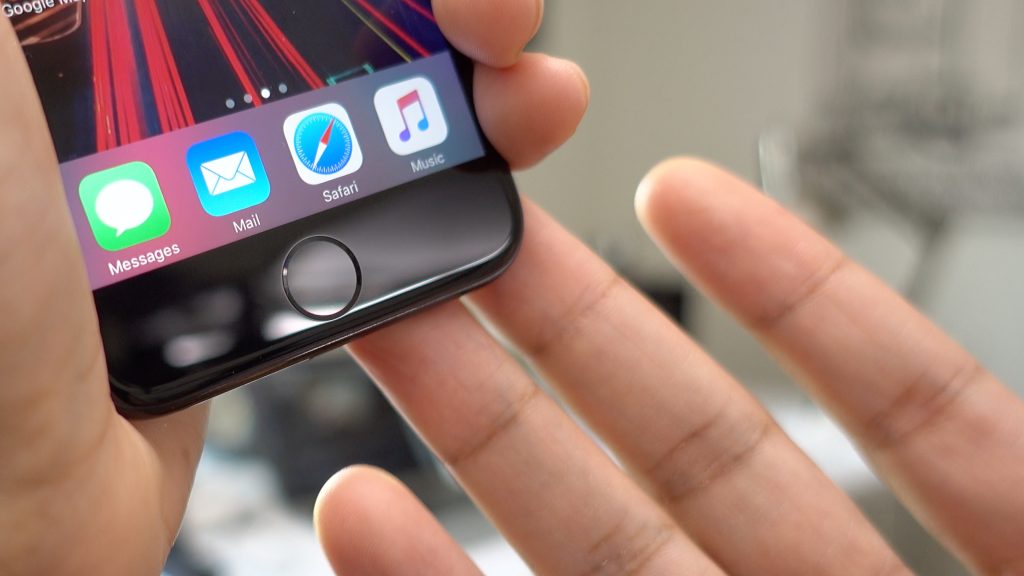
Apple discontinued the Home button on the iPod touch when it stopped making iPods in 2022. Later that year, Apple dropped the Home button from the iPad line with the 10th generation model. It took a few years longer for the Home button to leave the iPhone line, but the day has finally come…
Today, Apple unveiled the iPhone 16e, a stripped-down version of the iPhone 16, priced at $200 less than the previous cheapest model with Apple Intelligence support. It replaces the iPhone SE and iPhone 14 in Apple’s lineup.
Discontinuing the iPhone SE also marks the end of a Home button on any Apple product. Even in 2025, Apple sold an iPhone model with the design of the 2017 iPhone 8. Starting today, that’s no longer the case.

In 2007, the Home button was the only physical navigation input on the iPhone. No matter where you were in an app, the Home button brought you back to your Home screen. Double-clicking and triple-clicking added other behaviors.
When the iPhone 4s launched in 2011, holding down the Home button was the only way to invoke the brand new Siri voice assistant. A voice-activated Siri wouldn’t arrive for a few more years.

A nice detail about the original Home button is that the squircle icon on it was meant to reflect the shape of iPhone app icons. Apple even made an iPod touch with a Home button, which replaced the squircle with an actual circle to match the iPod nano’s app icon grid.

Apple replaced the first iteration of the Home button with Touch ID on the iPhone 5s in 2013, adding a metallic ring fingerprint sensor and removing the icon. Passcode usage increased overnight.

Starting in 2016, Apple replaced the physical Home button with a solid-state version that didn’t actually click. Instead, the iPhone 7 used haptic feedback from the Taptic Engine to simulate a very convincing button click.

This solved a common failure point on the iPhone. Because iPhones retained their value and remained in use for years, the Home button could eventually fail. For this reason, iPhone users were preemptively using a virtual on-screen Home button to ensure the best resale value (or remedy a broken Home button).
A year later, Apple started the slow demise of the Home button with the launch of the iPhone X in 2017. The iPhone 8 and iPhone 8 Plus were the last new iPhones sold with a Home button, although they arrived at the same time as the all-screen, higher-end iPhone X.

Since then, Apple has only offered the Home button on the iPhone SE 2 and iPhone SE 3. These kept the iPhone 8 design. As of today, the Home button is no more. The new iPhone 16e has finally brought Apple’s full-screen, gesture-based navigation to all iPhones currently being sold.

FTC: We use income earning auto affiliate links. More.





